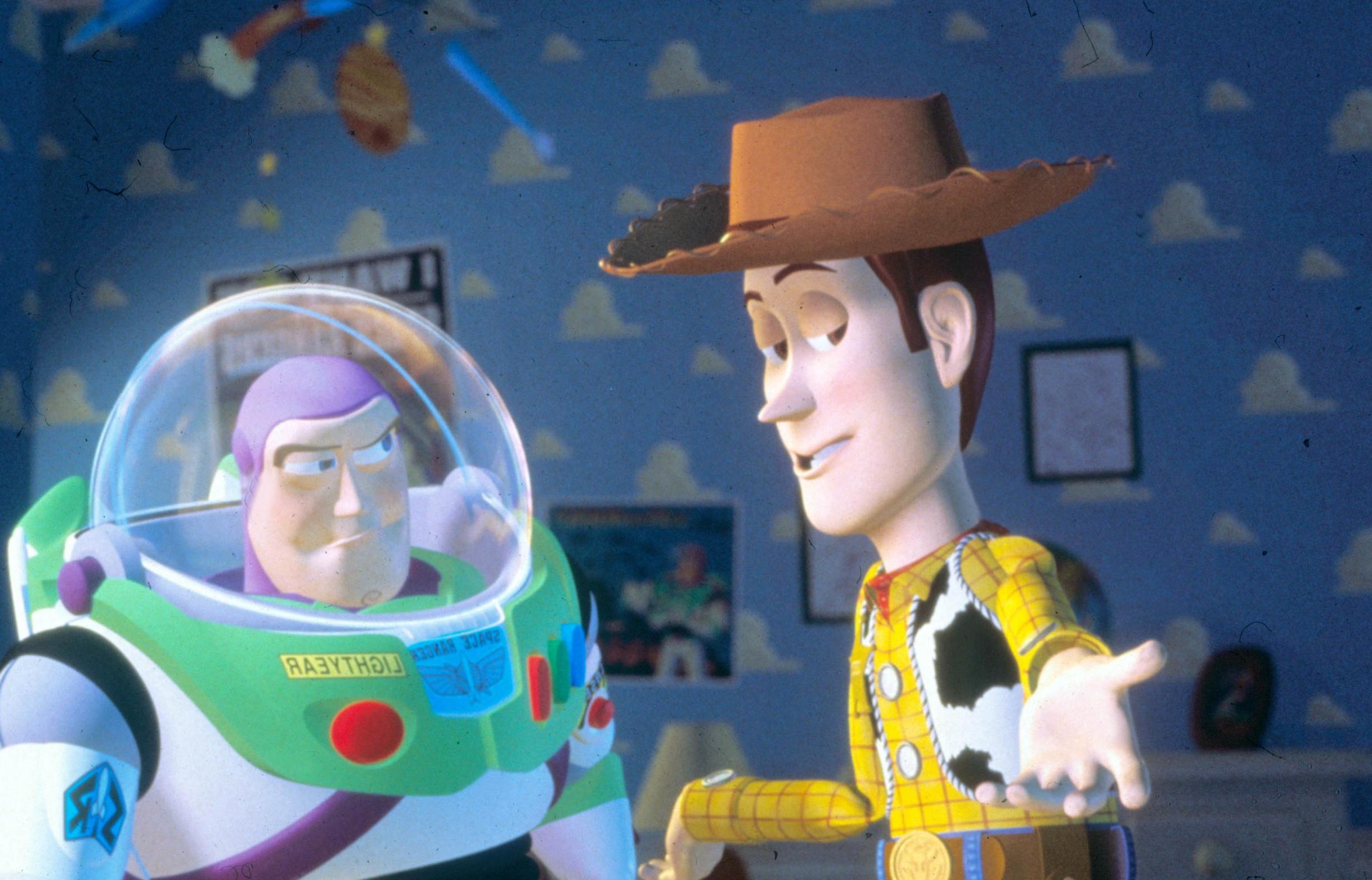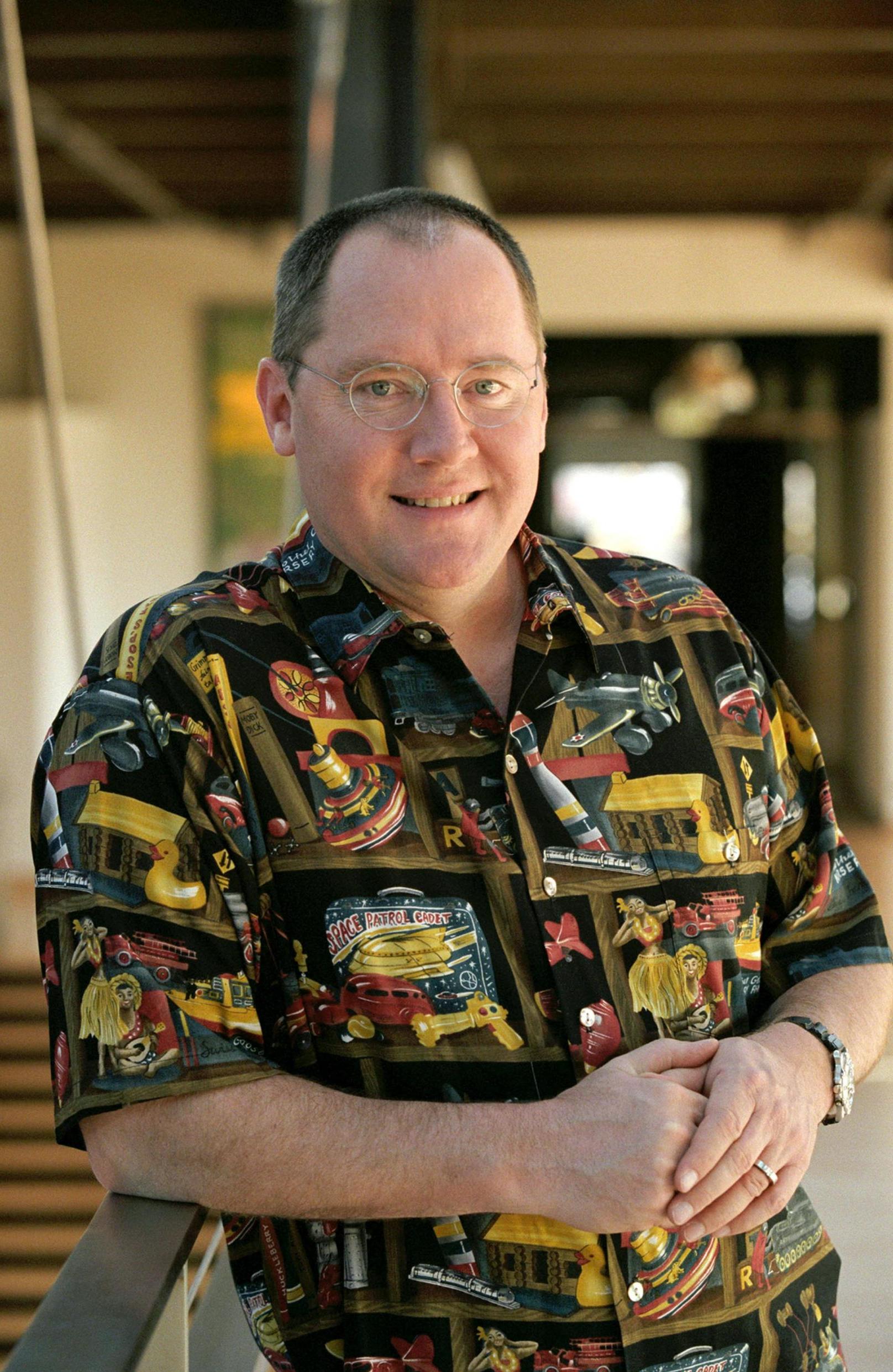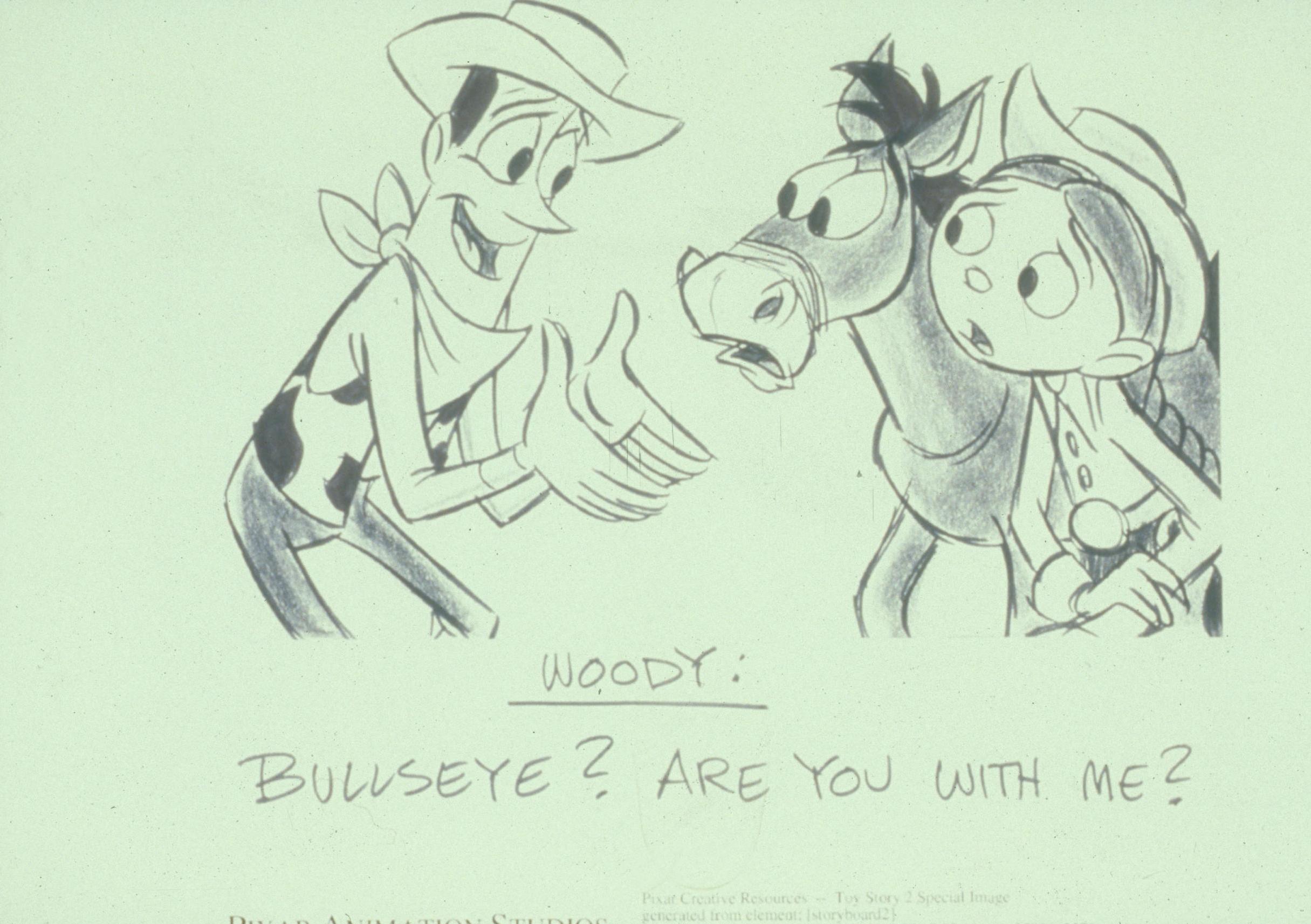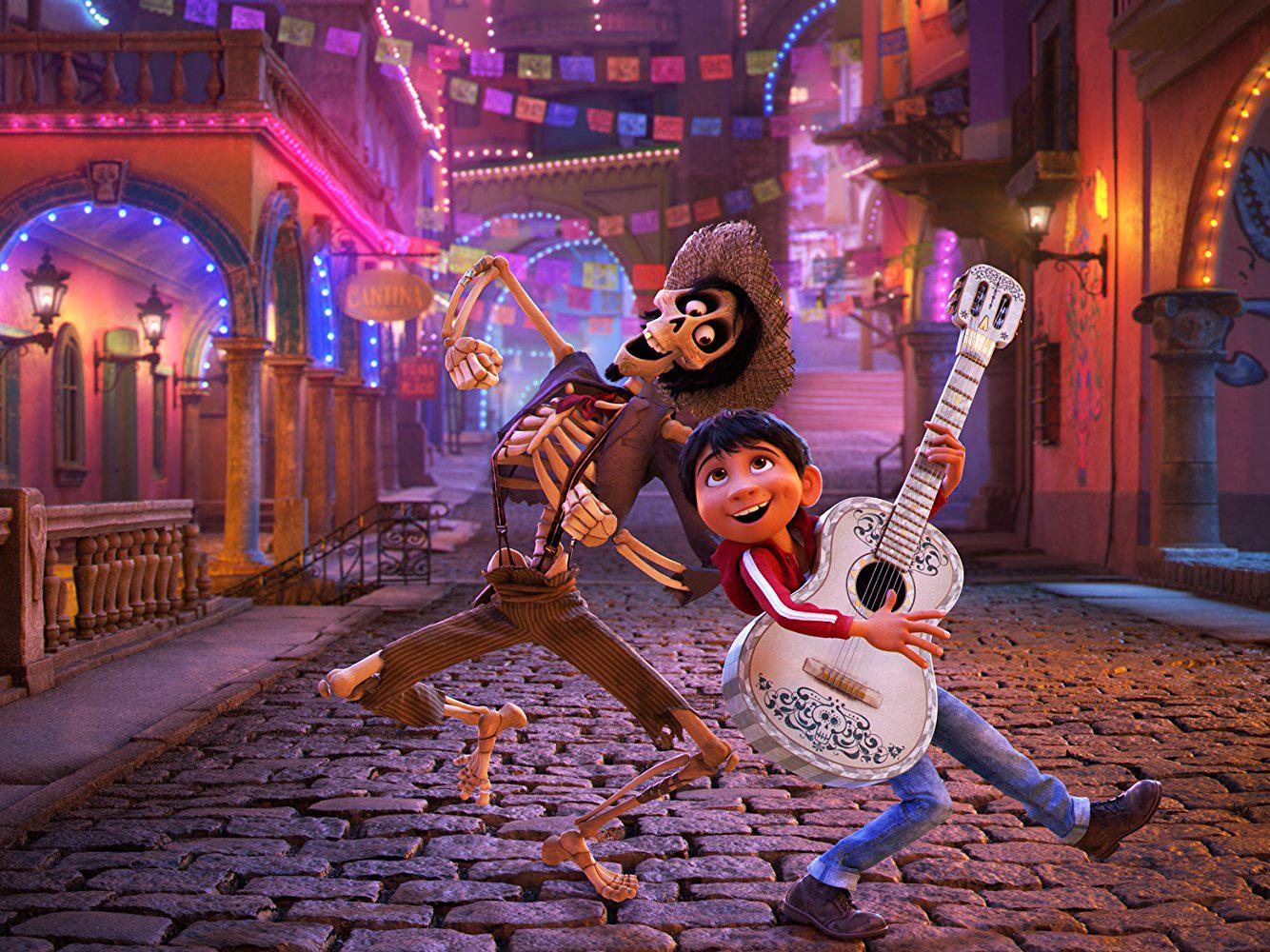Rifts, deep pockets and good old-fashioned Disney magic: How Toy Story helped Pixar change cinema
As Pixar’s first animated feature turns 25, Geoffrey Macnab explores what makes its titles surefire crowd-pleasers

Your support helps us to tell the story
From reproductive rights to climate change to Big Tech, The Independent is on the ground when the story is developing. Whether it's investigating the financials of Elon Musk's pro-Trump PAC or producing our latest documentary, 'The A Word', which shines a light on the American women fighting for reproductive rights, we know how important it is to parse out the facts from the messaging.
At such a critical moment in US history, we need reporters on the ground. Your donation allows us to keep sending journalists to speak to both sides of the story.
The Independent is trusted by Americans across the entire political spectrum. And unlike many other quality news outlets, we choose not to lock Americans out of our reporting and analysis with paywalls. We believe quality journalism should be available to everyone, paid for by those who can afford it.
Your support makes all the difference.In the days when people still went to cinemas, wherever they were in the world, they went to Pixar movies. Look at global box-office charts over the past 25 years, since the release of the company’s very first feature, Toy Story (1995), and you will find Pixar titles making millions in markets from Mexico, Hong Kong, Japan and Finland – to “infinity to beyond” as space ranger Buzz Lightyear might have put it if he was a box-office analyst.
True, Pixar’s most recent effort, Onward, stuttered. It was released in early March; it opened slowly anyway and revenues were then badly hit by the coronavirus pandemic, but it has been racking up views since being made available earlier this month on the US version of the Disney+ platform. (It was made available to UK viewers in October.)
In an industry driven by uncertainty, Pixar films have been as close as Hollywood has come to sure things for a quarter of a century. That’s a very long run.
Critics whose tastes often differ from those of the mainstream film-going public have generally rhapsodised about Pixar. Setbacks that might have sunk other studios – for example, even the sexual harassment scandal which saw company co-founder and chief creative officer John Lasseter leave in 2018 – have been overcome with the minimum of fuss. To the outside world, Lasseter, the ebullient, bear-like man in the loud Hawaiian shirts, was the face of Pixar. That face is no longer there but the company’s artistic integrity hasn’t been compromised and nor has its profitability.
So what is the secret of Pixar’s enduring success?

The billion-dollar business would have seemed a very distant prospect on the day that Lasseter started. He was one of the 20 students in the first intake of the new character animation programme at the California Institute of the Arts (CalArts) in September 1975. He was an eccentric among eccentrics. Fellow students, some joining at the same time and some later, included John Musker, Brad Bird, and Tim Burton. They all played cartoonish pranks on one another. A famous story involves Burton, after having his wisdom teeth taken out, roaming around the college, pretending he was a vampire, and letting the blood and saliva from his gums drip on to his fellow students’ desks.
By his own confession, Lasseter was an “animation geek”. It had first occurred to him that “people actually make cartoons for a living” after reading a book called The Art of Animation by Disney’s biographer, Bob Thomas. “They get paid to make cartoons!” he exclaimed in mock disbelief in a commencement speech he made to the 2014 graduating CalArts class. From that moment onward, he was determined to break into the industry. He immediately started sending letters and drawings to the Walt Disney Animation Studios.
Enrolling at CalArts gave Lasseter the chance to be taught by some of the “nine old men”, the legendary original Disney animators, and to learn the Disney style of animation.
“When we left CalArts, we wanted to shake up the world. It was the Seventies and cinema was going through an incredible revolution. We wanted to do with animation what Lucas, Coppola, Spielberg, Scorsese, and Kubrick were doing with live-action,” Lasseter later recalled. Instead, he got a job with Disney, working on The Fox and the Hound (1981), one of its blandest features.
This was far from a golden period for the studio. After Walt Disney’s death in 1966, the top brass had seriously thought about scrapping animated features and only reconsidered after the surprise success of The Jungle Book.

Watch Apple TV+ free for 7 days
New subscribers only. £8.99/mo. after free trial. Plan auto-renews until cancelled

Watch Apple TV+ free for 7 days
New subscribers only. £8.99/mo. after free trial. Plan auto-renews until cancelled
By the time Lasseter joined in 1979, there were again calls for feature animation to be either abandoned or done more quickly and cheaply. Lasseter didn’t shine. As his colleague Jorgen Klubien later told the Hollywood Reporter, he wasn’t an especially talented draughtsman and was more interested in technology than sketching. “He wasn’t really in love with drawing like a lot of us were. For him, it was more about ‘How can we get to do animation in this medium?’.”
After Lasseter was fired from Disney, he ended up working for the Lucasfilm computer division that George Lucas sold to Steve Jobs in early 1986. The name Pixar, which the company now adopted, came from a piece of hardware called the Pixar Image Computer.
As Walter Isaacson notes in his biography of Jobs, the digital animation business which Lasseter ran was “originally just a sideline”, an adjunct to Pixar’s hardware and software business. The films Lasseter made were intended to show off the computers. Jobs had bought the company because he was “really into computer graphics”.
Nobody then envisaged that Pixar’s tiny animation arm would, a decade later, start making computer-generated animated features that would win Oscars, generate billions at the box office and inspire devotion in fans.
Lasseter shared certain personality traits with Jobs, notably his perfectionism. That was shown by his exhaustive efforts on Luxo Jr, his 1986 short about desk lamps that eventually became the celebrated Pixar logo. Like Cézanne painting a still life of an apple, he experimented and experimented, trying to work out precisely how you give an emotional wrench to a film featuring office furniture and plastic balls. Another trait Lasseter had in common with Jobs was his showmanship, the ability to talk up his inventions and to convince the public of their magical qualities.
The many stories about the difficult gestation of the company’s first feature, Toy Story, have long since become part of the Pixar myth.
Disney was co-producing the film because Pixar was financially strapped. Disney executives had multiple objections to the direction in which Lasseter and his equally independent-minded collaborators were taking the movie. The execs wanted it to be musical, not a buddy movie, and they didn’t like having the word “toy” in the title. They hated an early cut and briefly halted production. For a while, it looked as if Toy Story was going to be abandoned at birth.
It’s easy to view the early relationship between Pixar and Disney as a David and Goliath affair, an unhappy liaison between the plucky little artists and the big corporate behemoth. In fact, they needed each other to succeed.
Disney’s Jeffrey Katzenberg (soon to leave the company to start up DreamWorks with Steven Spielberg and David Geffen) had had a fractious relationship with Jobs and the Pixar team. Some accused him of undermining Lasseter’s original creative vision but he had pushed the idea of making Toy Story a buddy movie and giving it more “edge” than the typical animated family feature.

Without Disney’s deep pockets, Toy Story could never have turned into the huge cultural phenomenon that it did.
“We were the ones who made Toy Story work. We helped shape the movie, and we pulled together all our divisions, from our consumer marketers to the Disney Channel, to make it a hit,” Disney boss Michael Eisner later commented in James B Stewart’s book, Disney War.
The film’s success enabled Jobs to cut a deal with Disney that gave Pixar “the right to have equal branding with Disney on all the movies, as well as advertising and toys”, as Stewart explained. Pixar was now in a position to provide half the finance for future films – and to get half the profits in return. This ensured it was recognised by everyone as a major movie studio in its own right, not just as a division of or supplier to Disney. The hits kept coming. A decade later, when Disney bought Pixar outright for $7.4bn (£6bn) in 2006, Lasseter and his key collaborators were able to keep their creative autonomy.
As the New Yorker’s critic Anthony Lane noted, no-one goes to see a film because it is made by Universal or 20th Century Fox. “Most of us, when we leave the theatre, can no more remember which company produced the film we just saw than we could tell you who manufactured the hand dryer in the men’s room. The exception is Pixar … everyone knows Pixar.”
Lane’s remark hints at why Pixar films have been so successful for so long. They are marketed brilliantly. The much-vaunted artistry doesn’t just go into the making of the films but into the way they are branded and sold to the public.
Lasseter may have talked of wanting to emulate Scorsese, Coppola, and the other raging bulls of Seventies cinema, but that wasn’t Disney’s aim. The Pixar films are the perfect example of what Hollywood calls the four-quadrant movie. They attract young and old, men and women. The small miracle is that films like The Incredibles, Wall-E, Inside Out, Finding Nemo, Cars and Coco, made in such a corporate environment, have achieved their universality of appeal without being bland or derivative. They dealt with often dark subjects – the unconscious in Inside Out and death in Coco – in a breezy and captivating way. They also proved that computer animation could be just as expressive and magical as the most lovingly hand-drawn cartoons made by Disney in its golden age.

Behind the scenes, a familiar criticism was that Pixar was a boys’ club. The directors, Brad Bird, Pete Docter, Lee Unkrich, and Andrew Stanton, were invariably men. Most of the main protagonists, whether they were fish or toys, were male too.
Brenda Chapman caused the studio embarrassment when she wrote in The New York Times in 2012 about her devastation at being taken off Brave, the Pixar film she had originated. “This was a story that I created, which came from a very personal place, as a woman and a mother. To have it taken away and given to someone else, and a man at that, was truly distressing on so many levels,” she commented of the project, on which she retained a co-director credited.
In 2017, writers Rashida Jones and Will McCormack, who had been working on the Toy Story 4 screenplay, issued a statement saying that Pixar fostered “a culture where women and people of colour do not have an equal voice”. All of a sudden, the much-loved studio was being portrayed in the media as creepy and out of touch with the #MeToo movement. However, the following year, Lasseter left amid signs the Pixar workplace culture was changing. The films, meanwhile, remained as strong as ever. Toy Story 4 was another triumph in 2019.
Judging by its trailer, Pete Docter’s Soul, the next big Pixar movie, looks another surefire crowd-pleaser. It’s a story about a jazz-obsessed middle school music teacher who, like David Niven in Powell and Pressburger’s British classic A Matter of Life and Death, is sent on a stairway to heaven and the afterlife. He is desperate, though, to get back to earth. The planned summer release has been delayed until November because of the coronavirus crisis. When the cinemas do re-open, though, Pixar’s 25-year winning streak looks bound to continue.
‘Soul’ is due to be released on Disney+ on 25 December ‘Toy Story’ and the other Pixar features are available on Disney+
Join our commenting forum
Join thought-provoking conversations, follow other Independent readers and see their replies
Comments